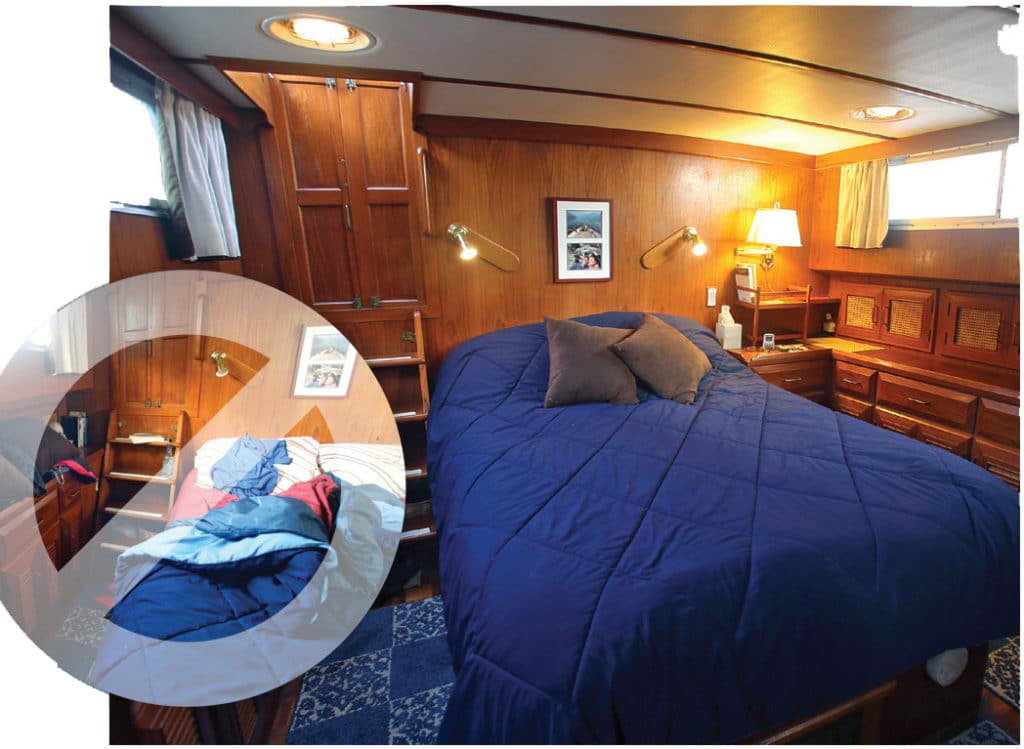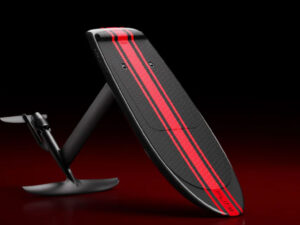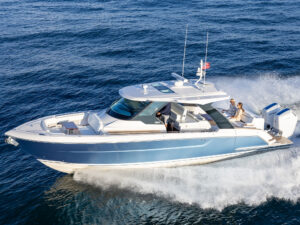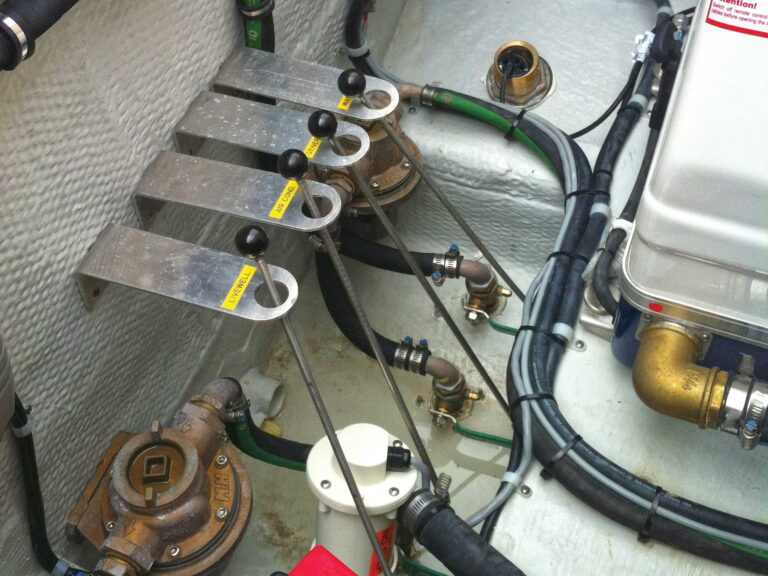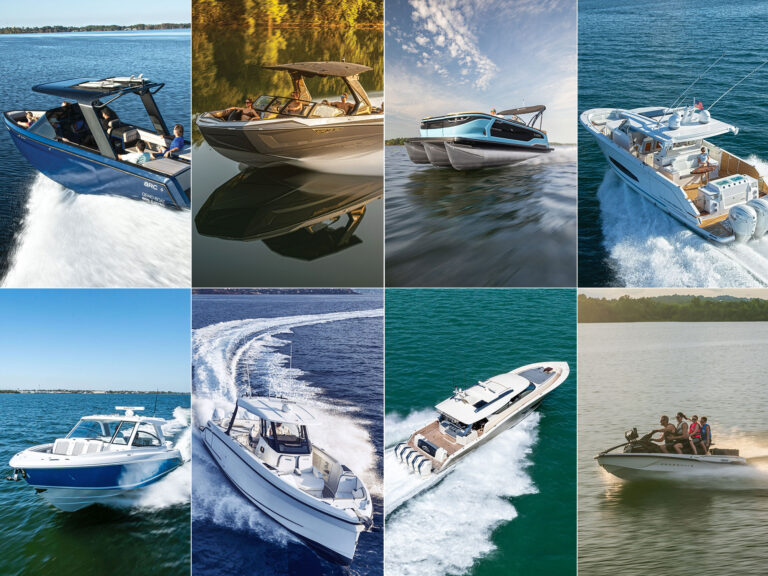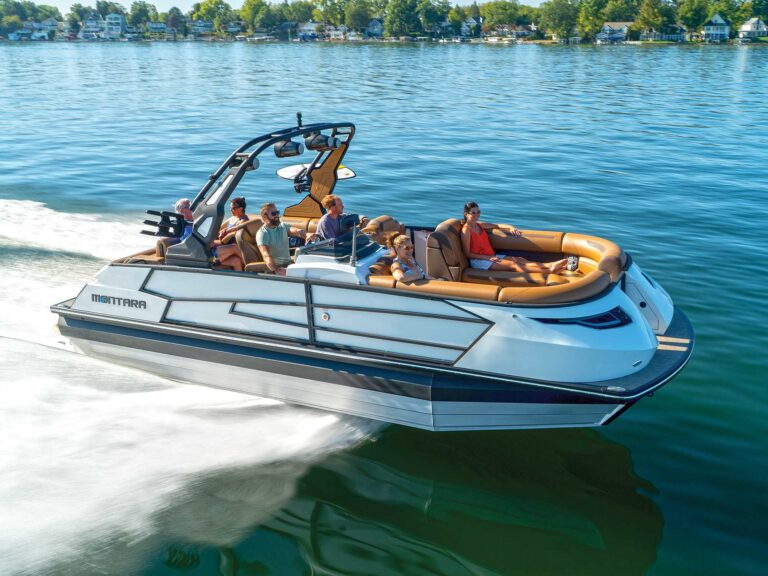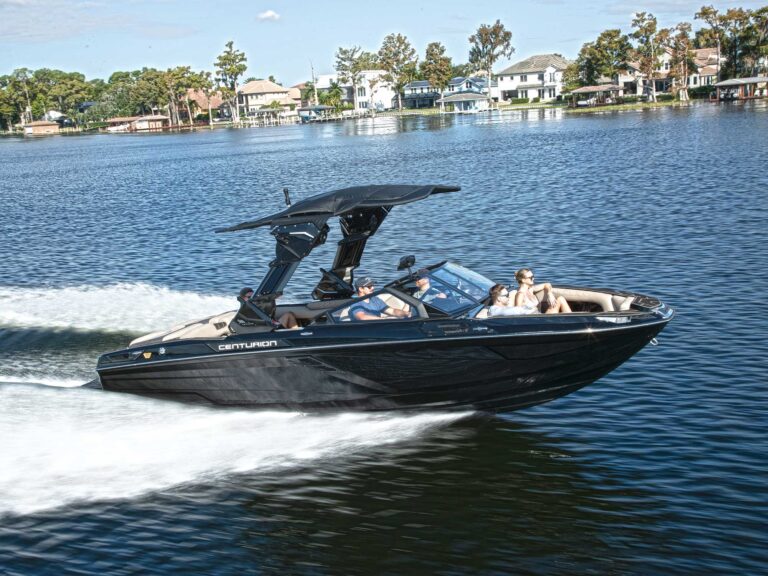How to Take Photos That Will Sell Your Boat
Boating Magazine
Since boat shopping is only slightly less fun than actually being out on my boat, I occasionally find myself plopped down in front of my computer perusing yacht listings on the Internet. I am constantly amazed that not only do boats selling for $30,000 to $3 million have incomplete, conflicting and incorrect information on the vessel, but also that their photographs defy description as to the poor quality.
I mean, here’s a 70-foot, million-dollar yacht for sale and there are a dozen fuzzy photos showing pipe fittings, frayed corners of a rug, a stanchion mount, a crooked shot of the inside of a hanging locker, a virtually black photo of the engine room and a parting photo of a flag on the bow.
Now, I don’t know about you, but when I see this I’m thinking, a) These people don’t really want to sell their boat; b) If the photos are any indication of the shape of the boat, I won’t even bother to take a look at it; c) If they’ve skimped so much on taking the photos, what else have they skimped on — for example, maintenance; d) The listing broker should be fired immediately.
While taking good photos of your boat is not rocket science, it does take some preparation, thought and a basic knowledge of photography (including lighting and composition). Having a camera with a good wide-angle lens, such as an 18mm model, is pretty much imperative since there are so many tight spaces on a boat.
1. Clean the boat thoroughly before taking your first photo. No piles of rags in the engine room, old food on the table, filled trash cans, dirty windows, stained wood, unmade beds, broken furniture, torn canvas or rusty metal. It might take 20 minutes or two days, but you need to make the boat look as good as possible. Duh!
Boating Magazine
2. Take photos that show the big picture as well as a few close-ups of important things. No close-up photos of a tea kettle on the stove, 6 inches of anchor chain or the screen on a 10-year-old TV. If you take photos of the inside of lockers and stowage compartments, either straighten out the clothes or remove them. Use a real wide-angle lens or forget it.
Boating Magazine
3. Take photos that show how meticulously maintained the boat is: Shiny countertops, sparkling stove top, spotless engine room, well-maintained woodwork, clean decks, and polished chrome and stainless steel. A buyer will reasonably assume that if you take care of your decks, then you take care of the rest of the boat as well.
Boating Magazine
4. If possible, take photos of the boat both in and out of the water. A nice cruising shot (underway) is always good to add (attention buyer: Picture yourself here!). If it’s out of the water, take photos of the props, rudders, thrusters and bottom; these are good selling tools later on if the boat goes back in the water. Make sure the bottom is clean and zincs are fresh. Remove any distractions — ladders, old pieces of wood, cars — to keep the photos clean and uncluttered.
Boating Magazine
5. Good lighting is critical. If there is bright sunlight shining through a window, it will cast harsh shadows on everything. Taking interior photos on a cloudy day works best (because of the diffused light). On the other hand, take the exterior photos on a sunny day (attention buyer: It’s always sunny on this boat!). Turn on all the interior lights, even in the daytime: They will help evenly illuminate the dark corners. And don’t even waste your time taking photos of the boat inside your boathouse unless the boathouse is enormous and spotless.
Boating Magazine
6. Include full and current descriptions of everything on the boat. If it has custom helm chairs, recently refinished decks, a complete tool kit, three extra bilge pumps, a holding tank monitor, a second anchor and chain, and a leather-covered steering wheel, list it all. Include the hull construction, size of all tanks, all motor specs, flow for all water and pumping systems, all electronics and brands of stove, refrigerator, freezer, windlass and life raft.
Boating Magazine
7. Take lots of different photos but don’t show multiple images of the same thing unless there is a good reason (different angle, perspective or side). If you want to highlight the chart plotter, take a close-up (that shows brand, model and condition) and one that shows where it is located in relation to the helm. No need to show pictures of knobs, buttons, wires and face cover.
Boating Magazine
8. If there are canvas covers for things (flybridge, railings, etc.), take photos with them on and off. Take close-ups of the snaps and critical connections to show they are in good condition.
Boating Magazine
9. Include full and accurate descriptions on all images. For example, in a photo of a head, indicate which one it is (master, guest, day), the brand and type. If the picture is of a Racor filter, indicate the size, model and location. Let the buyer know that you really know your boat.
Boating Magazine
10. Invest a little money into things that will show well. Don’t show photos of old, frayed dock lines, stained and cracked decks, rusty anchors, old TVs, torn canvas covers, etc. If an item is very old or in poor condition, replace it or get rid of it. Nothing says, “I am old and have not bothered to upgrade anything on my boat” like a TV set from the ’70s (replace it with a new, small flat screen for $100) or a 30-year-old long-range navigation system (rip it out and cover the hole with a nice piece of mahogany).
Boating Magazine

Of course, once you get people interested in the boat, they will want to come see it. If you have a glowing description and wonderful photos but the boat is actually a junker, it probably won’t sell. So, just like you cleaned up and prepared the boat for photos, do the same for the sales presentation. I have seen spectacular photos of a once beautiful boat only to be shocked at the actual condition when I looked at the vessel. Bottom line: Money spent in preparing your boat for sale and advertising it properly will generally pay for itself in spades when you put it on the market. For a boat in good condition, this probably means spending at least 1 percent of the sales price in getting it ready. For a boat with lots of deferred maintenance, this could be as high as 5 percent. Remember: There are a lot of boats on the market these days (and probably many similar to yours). Make your presentation impressive and memorable and you’ll greatly increase your chances of a sale.
Boating Magazine
The choices are simple: Get a good camera and lens and learn how to use a basic photo-editing program, or hire someone knowledgeable to take the photos. Either way, you’re looking at a few hundred dollars — but if you’re seriously trying to interest potential buyers in a $200,000 boat, I would think that spending $500 on good photos would be more than worth the money and effort.

